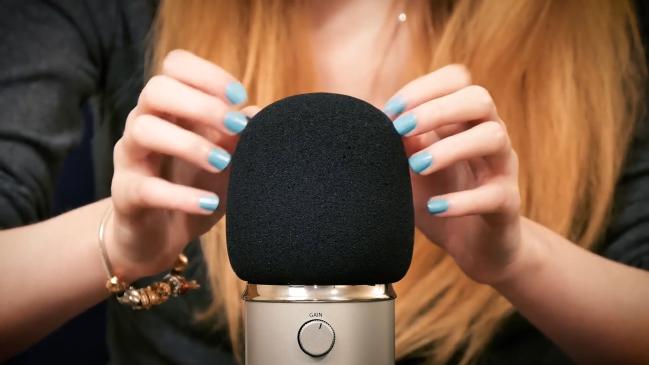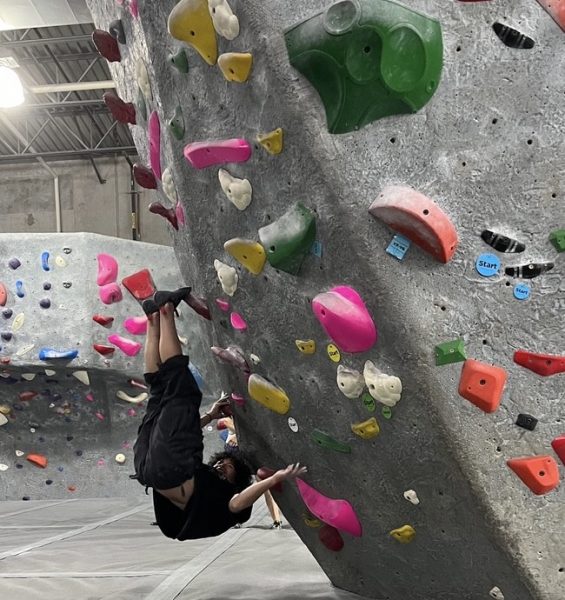ASMRticle
October 17, 2018
Do your hear something? Tap tap tap, crunch, slurp. What’s that sound? Believe it or not, some people find sounds like those to be soothing. This up and coming internet trend is called ASMR, which stands for Autonomous Sensory Meridian Response. ASMR is defined as the blissful sensation that occurs when experiencing certain visuals or sounds. Triggers of ASMR could include anything as simple as whispering and tapping, or more unique visuals such as hand movements or the light of a flashlight. Common forms of an ASMR video include, eating, role-plays and personal attention.
Relaxation is one of the biggest motivations for watching ASMR videos, along with: stress relief, sleep, and plain old curiosity. In fact, even several of our fellow students responded through a survey stating they mainly view ASMR for sleep and relaxation. Typically, ASMR triggers sensations in those who view it. Most claim feeling a calming tingle beginning in the back of the scalp then trailing down the spine.
While some may feel the sensation of ASMR, others may feel nothing; however, they may still view for other reasons. Little research has been done on ASMR, so it is unknown as to why everyone does not experience it. Still in the works, neurologists are investigating how ASMR can be used to treat anxiety, depression or other mental illnesses.
Since ASMR is a relatively new trend, there is little history behind it. Originating in 2007 on an online forum, ASMR has exponentially grown in both popularity and diversity. Today, in contrast to the forum, it is a YouTube sensation with millions of ASMR videos with thousands of ASMRtists (ASMR creators) from all over the world.
Tap tap tap, crunch, slurp. What’s that sound? Well now you know.












